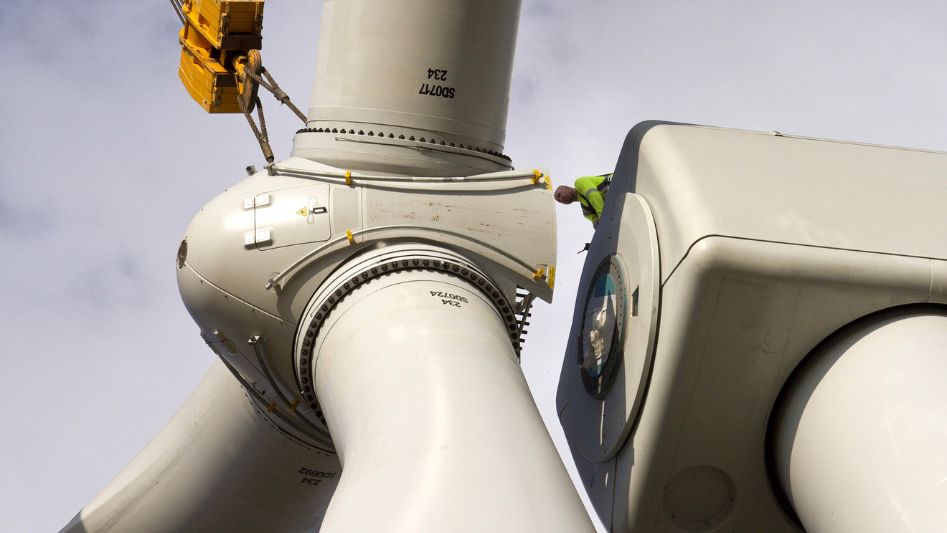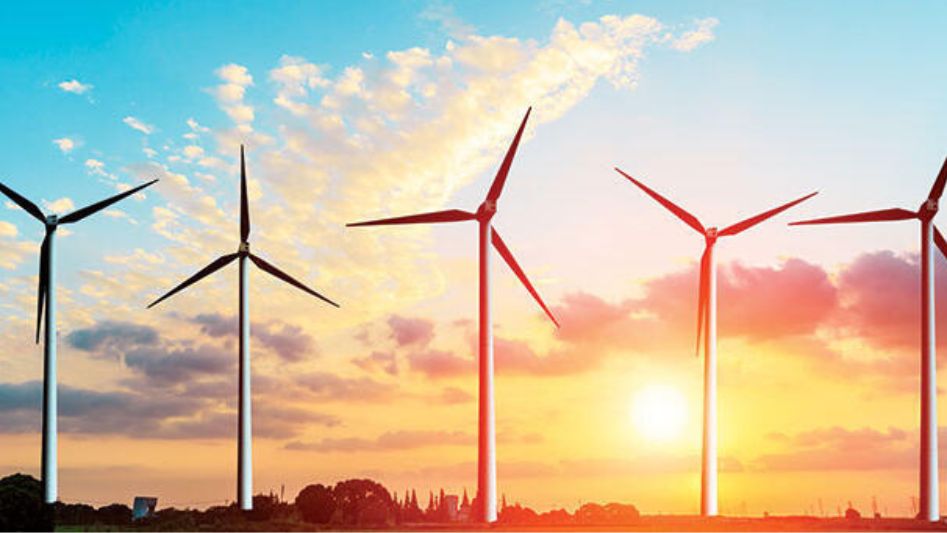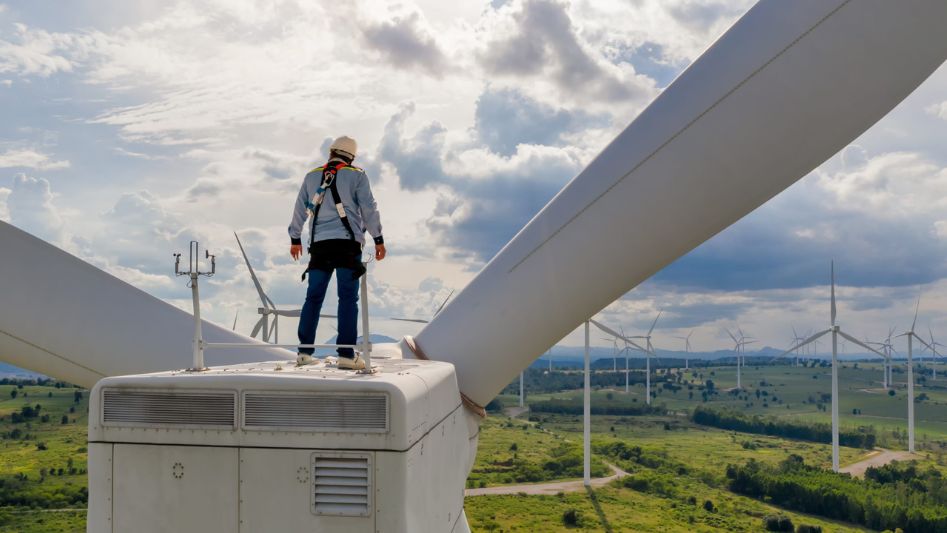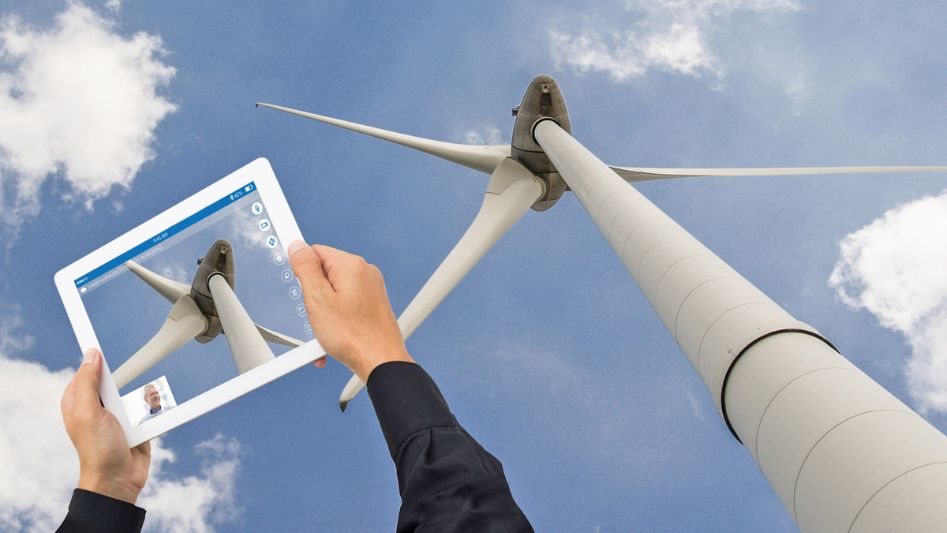As the world shifts towards sustainable energy sources, wind power has emerged as a leading contender in the renewable energy landscape. With continuous advancements in wind turbine technology, harnessing the power of the wind has become more efficient, cost-effective, and environmentally friendly. In this article, we explore the exciting developments in wind turbine technology that are propelling us towards a future powered by the wind.
Table Of Content
We invite you to read: “Wind Turbine Technology: Past, Present, and Future”

1. Larger and More Powerful Turbines
One of the significant trends in wind turbine technology is the construction of larger and more powerful turbines. By increasing the size of the turbine’s rotor and the length of its blades, modern turbines can capture more wind energy, even at lower wind speeds. The growth of these mega-turbines allows wind farms to generate more electricity, making wind power a viable alternative to conventional energy sources.
2. Offshore Wind Energy: Tapping into Vast Resources
Offshore wind farms have emerged as a game-changer in wind energy production. Installing wind turbines in offshore locations provides several advantages, including stronger and more consistent wind patterns. Additionally, offshore wind farms avoid the limitations of space and reduce potential noise disturbances for nearby communities. Recent advancements in offshore wind technology have made it more economically feasible, further expanding the potential for harnessing wind energy from the vast oceans.
3. Floating Wind Turbines: Unleashing New Possibilities
Floating wind turbines represent a remarkable innovation that allows harnessing wind energy in deep waters, where fixed foundations are not feasible. These turbines are anchored to the seabed using advanced floating structures, enabling access to stronger and more consistent winds found farther from the shore. The versatility of floating wind turbines opens up new possibilities for wind power generation in previously untapped regions.
We invite you to read: “The Pros and Cons of Vertical Axis Wind Turbines”

4. Improved Energy Storage Solutions
Energy storage is a critical aspect of renewable energy integration into the grid. Advancements in energy storage solutions, such as high-capacity batteries and compressed air energy storage, have complemented wind power by addressing the intermittency challenge. These storage technologies allow wind farms to store excess energy during peak production and release it during periods of low wind, ensuring a steady and reliable power supply.
5. Smart Grid Integration and AI Applications
The integration of wind power into smart grids has revolutionized the energy sector. Advanced grid systems can dynamically manage energy distribution, optimizing the use of wind power and other renewable sources in real-time. Artificial Intelligence (AI) applications further enhance the efficiency of wind farms by predicting wind patterns, adjusting turbine settings, and identifying maintenance needs proactively.
6. Sustainable Materials and Recycling Initiatives
In the pursuit of greener energy solutions, wind turbine manufacturers are increasingly adopting sustainable materials for construction. Replacing traditional materials with recyclable composites reduces the environmental impact of turbine production and disposal. Additionally, recycling initiatives are being implemented to manage end-of-life turbine components responsibly, ensuring a circular approach to wind turbine technology.
We invite you to read: “The Advancements in Wind Turbine Technology: Innovations and Trends”

Conclusion
The future of energy lies in the power of the wind. Advancements in wind turbine technology have unlocked the potential of harnessing clean, renewable energy on a larger scale. With larger and more powerful turbines, offshore and floating wind farms, improved energy storage, smart grid integration, and sustainable practices, wind power is driving us towards a greener, more sustainable tomorrow.
FAQs
What is wind turbine technology?
Wind turbine technology refers to the science and engineering behind harnessing wind energy to generate electricity. It involves the design, construction, and operation of turbines that convert wind’s kinetic energy into usable power.
How do wind turbines work?
Wind turbines work by capturing the energy from the wind with their rotating blades. The wind’s force causes the blades to spin, which drives a generator to produce electricity.
What are the advantages of wind power?
Wind power is a renewable and clean energy source that helps reduce greenhouse gas emissions. It provides a sustainable alternative to fossil fuels, contributes to energy independence, and creates job opportunities in the renewable energy sector.
Are wind turbines noisy?
Modern wind turbines are designed to be relatively quiet. However, their noise level may vary depending on factors such as turbine size, wind speed, and distance from residential areas.
You May Also Like
- From Wind to Watts: Understanding the Science Behind Wind Turbines
- Blowing Away Myths: Debunking Common Misconceptions about Wind Turbines
- From Sunlight to Wind: The Green Energy Duo – Solar Panels and Wind Turbines
- Record-Breaking Onshore Wind Turbine Introduced by Chinese Manufacturer
- Vertical Axis Wind Turbines: An Alternative to Traditional Wind Turbines?

